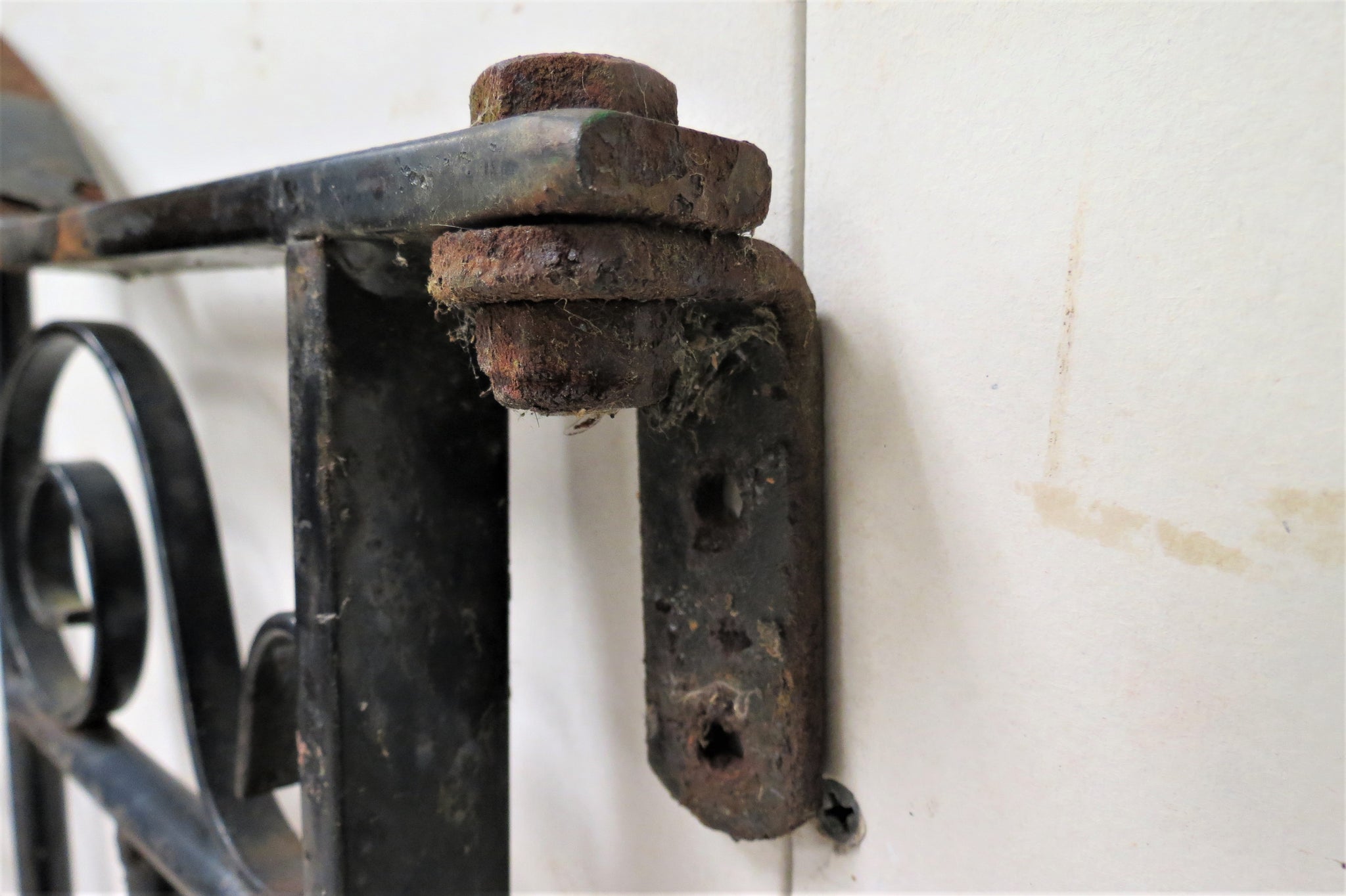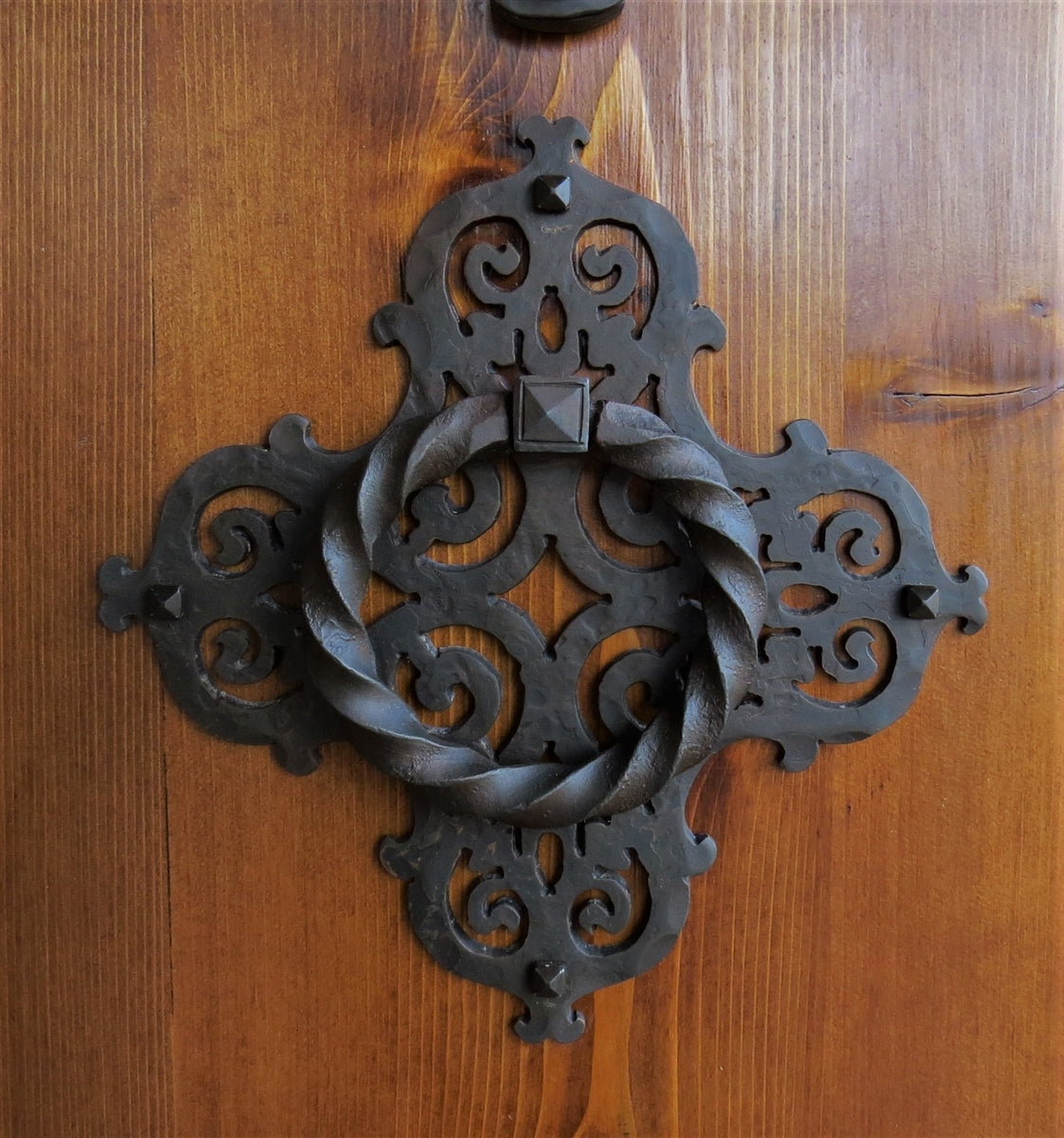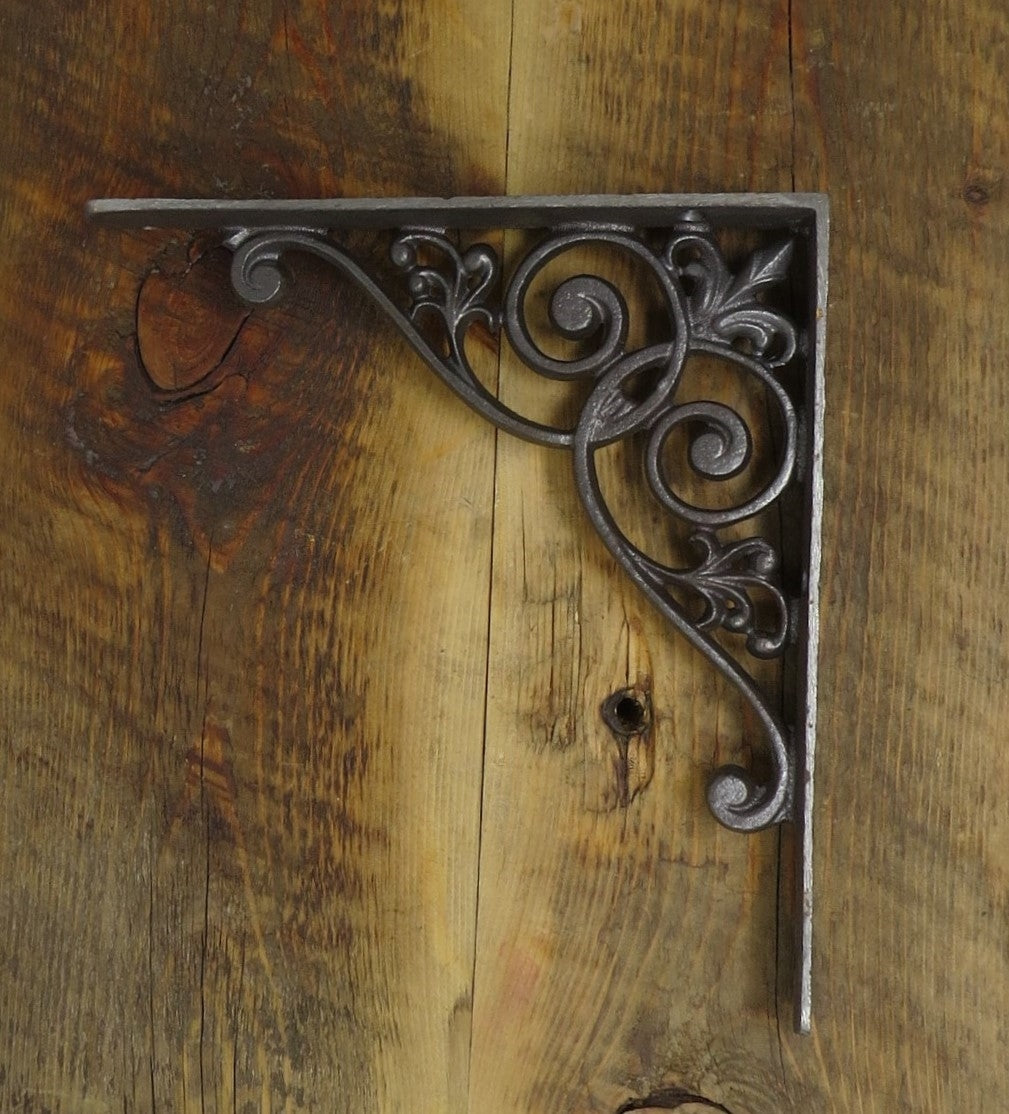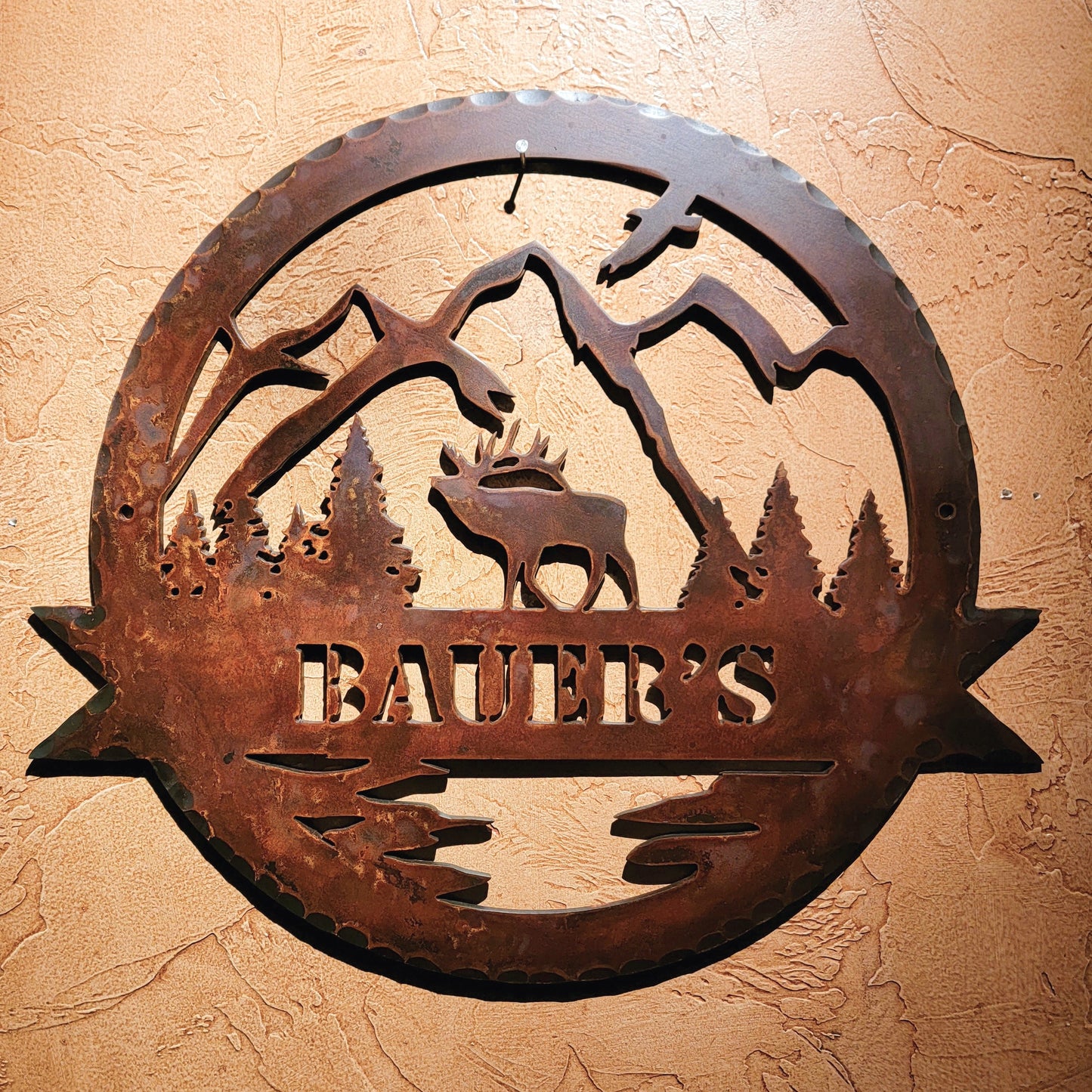
Unraveling the Mystery of Wrought Iron
par Maddison Nedrow sur Sep 04, 2024Have you ever admired a beautifully intricate iron gate or a delicate piece of metal furniture and wondered about its origins? Chances are, you've heard the term "wrought iron" mentioned in descriptions of these timeless pieces. But what exactly is wrought iron? Spoiler alert—it might not be what you think.
In this blog post, we'll explore what wrought iron truly is, why it has become a rarity in today's market, and what alternatives you can look for if you're keen to incorporate its charm into your home. Whether you're a history buff, DIY enthusiast, homeowner, a garden gate enthusiast, or blacksmith or metalworker, there's something here for everyone.

What Is Wrought Iron?
Wrought iron is a type of iron that has been worked on (hence "wrought") to create a semi-fused mass. This process involves heating the iron ore in a forge with charcoal, which helps to expel impurities and weld the iron into a solid mass. The resulting material is known for its durability, malleability, and distinctive fibrous appearance, reminiscent of wood grain.
Interestingly, the use of wrought iron dates back thousands of years. It began replacing bronze in Asia Minor as early as the 2nd millennium BC. By the 3rd century BC, civilizations in China, India, and the Mediterranean had established its use for creating tools and weapons. The Anatolian peninsula, now part of modern-day Turkey, is where wrought iron is believed to have been first used around 2000 BC.
The word "wrought" comes from an ancient term meaning "to work," which aptly describes the labor-intensive process of hammering and rolling hot iron to shape it. Over time, however, mild steel became a more cost-effective and easily produced alternative, leading to the gradual disappearance of raw wrought iron. By the 1970s, the last ironworks ceased production of wrought iron on a commercial scale, though it still finds use in the replication, restoration, and conservation of historical ironwork.

What Kind of Ironwork Is Available Today?
While true wrought iron is a rarity, there are still various types of ironwork available today that can help you achieve a similar aesthetic. Let's take a closer look at some of the options you might encounter.
Vintage and Reproduced Wrought Iron
For those willing to invest in authenticity, vintage and historically reproduced wrought iron is available, though it comes with a hefty price tag. These limited quantities are painstakingly crafted, often by skilled artisans who specialize in preserving the traditional methods. However, vintage wrought iron is becoming increasingly scarce as pieces find their way into private collections and museums or succumb to the ravages of time and neglect.

Cast Iron
Cast iron is a more readily available and budget-friendly alternative. It is a class of iron-carbon alloys with a carbon content of more than 2% and silicon content around 1–3%. Its main appeal lies in its relatively low melting temperature, making it easier to cast into various shapes.
However, it's essential to note that cast iron is significantly more brittle than wrought iron or mild steel, limiting its applications. It's typically used to create cookware, decorative sculptures and wall hangings, and ornamental hardware such as door knockers. While it may lack the flexibility required for intricate scrollwork or structural strapping, it still offers its own unique charm.

Mild Steel
Most of the products marketed as "wrought iron" today are actually made from mild steel. This material combines the strength and flexibility of wrought iron with the affordability and ease of production associated with cast iron. Mild steel is an alloy of carbon and steel, with iron serving as the base metal.
At Old West Iron, our iron products are predominantly crafted from mild steel unless otherwise specified. To replicate the look of old wrought iron, we offer a hand-applied finish that captures its characteristic patina and grain.
Conclusion
In a world where true wrought iron is no longer produced on a commercial scale, understanding the alternatives available can help you make informed choices in your quest to incorporate this timeless material into your projects. Whether you opt for vintage wrought iron, cast iron, or mild steel with a wrought finish, each option offers its own unique set of benefits and aesthetic qualities.
By exploring these materials, you can tap into the rich history and artistry of ironwork while adding a touch of elegance and sophistication to your home or garden. And who knows—you may even be inspired to try your hand at crafting your own ironwork masterpiece.
If you're eager to learn more about working with these materials or want expert guidance on selecting the right pieces for your space, don't hesitate to reach out to our office staff, get in touch with local artisans or join online communities of like-minded enthusiasts. The world of ironwork is vast and filled with endless possibilities, waiting for you to explore.
Maddison Mellem
Old West Iron
e- purchasing@oldwestiron.com
p- (844) 205-7266
f- (844) 205-7267




































































































































